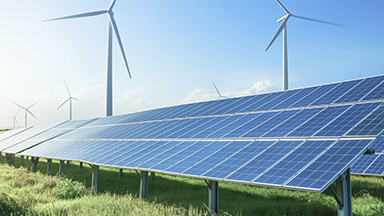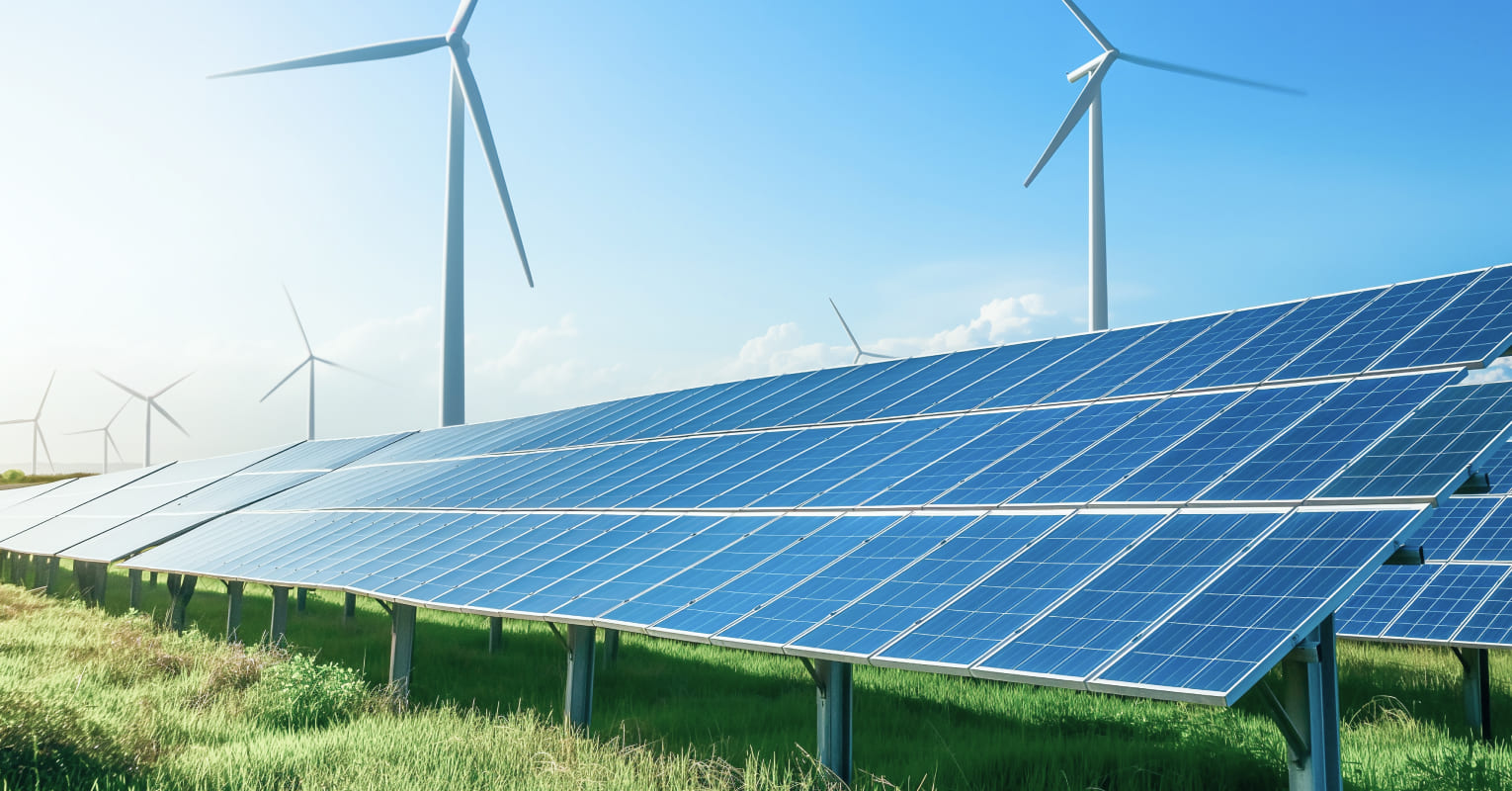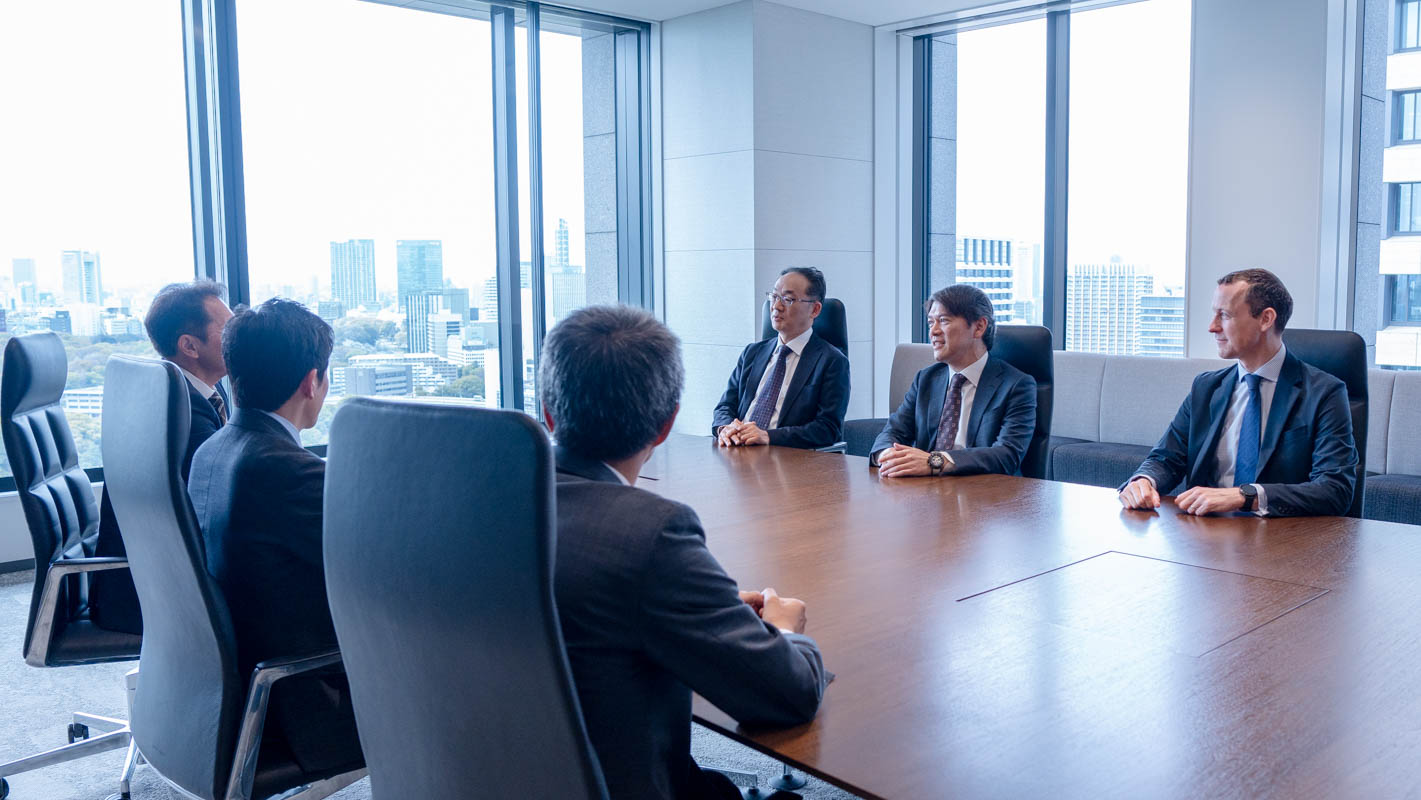
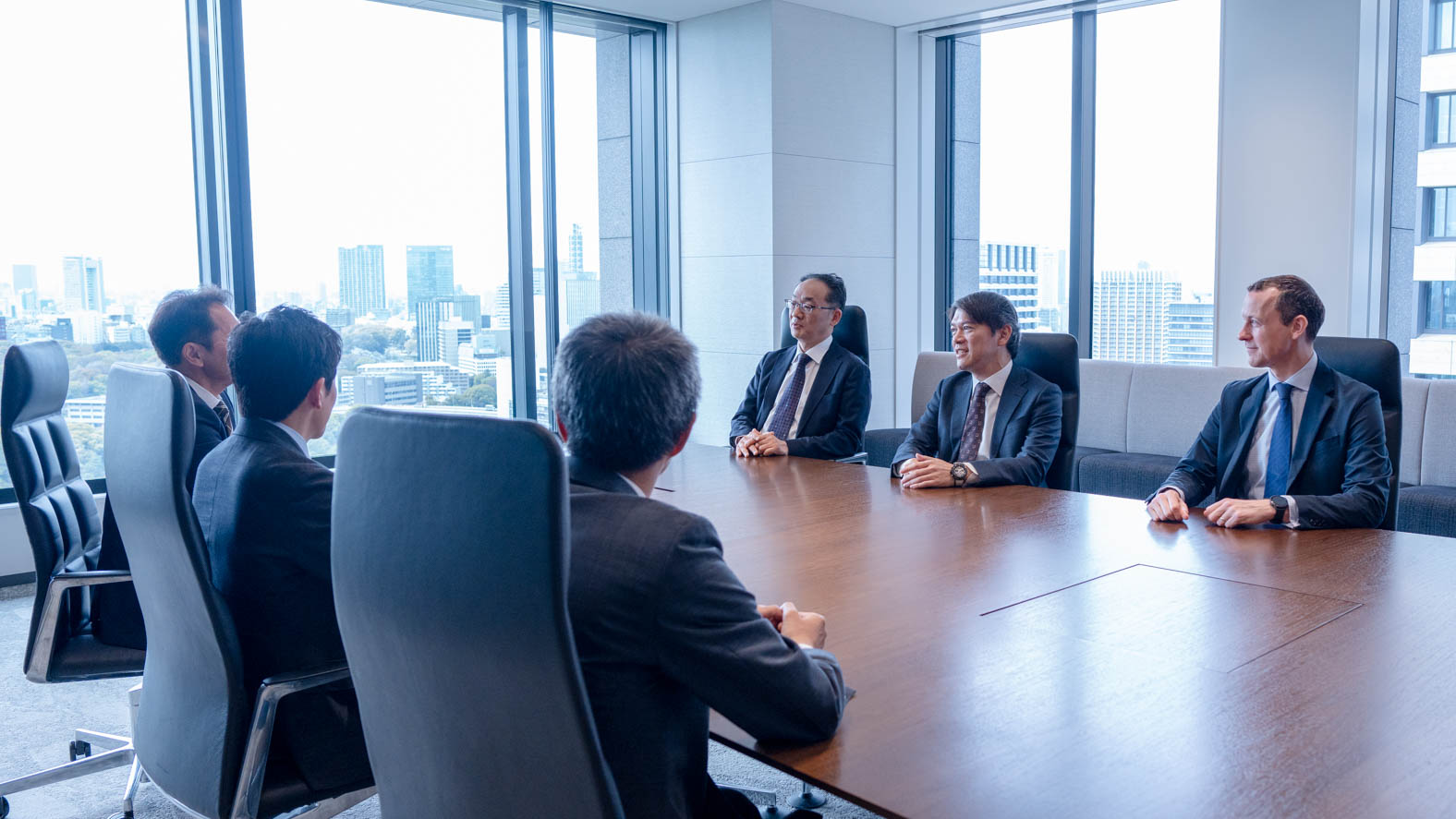
Following the first session on “Global Trends in the Energy Sector and Overseas Expansion of Japanese Companies” and the second session on “Latest Trends in the Domestic Renewable Energy Market - Focusing on Solar Power Generation,” this final installment of our series discusses a wide range of topics in the domestic energy market, including storage batteries, offshore wind, renewable energy M&A, nuclear power, and more. As the expansion of renewable energy continues, we explore how far the energy transition has progressed within Japan and what developments may be anticipated going forward.
- Expansion of the Storage Battery Business: Three Business Models and the Current State of Financing
- Progress in Offshore Wind: Financing, Business Challenges, and Market Exits
- Changes in the Renewable Energy M&A Market: Tapering Off of Major Platform Acquisitions and Continued Medium-Scale and Portfolio Transactions
- Shift in Nuclear Power Policy: Impact of the Seventh Strategic Energy Plan
- Current Status of Other Power Sources: Challenges for Hydrogen, CCS, Hydropower, Geothermal, and LNG
Discussion Participants
1. Expansion of the Storage Battery Business: Three Business Models and the Current State of Financing
Takeuchi : For storage batteries, my impression is that the number of projects increased rapidly around the time the results of the Long-Term Decarbonization Power Source Auction were announced.
Takahashi
:
Currently, there are three major models emerging in the storage battery business. The first is based on capacity revenue from the Organization for Cross-regional Coordination of Transmission Operators (“OCCTO”) in Japan to sustain the business (i.e., OCCTO model). The second involves concluding a tolling agreement that provides operational rights of the storage facility to an offtaker, essentially taking the form of equipment lease (i.e., tolling model). The third is where a specific purpose company (“SPC”) that owns and operates a storage facility conducts power trading itself (i.e., merchant model).
From a financing perspective, the OCCTO model is relatively easy to finance due to the high creditworthiness of the payer. The tolling model is suitable for long-term financing as the storage facility owner does not bear market risk, but it requires a counterparty with sufficiently high creditworthiness, and such players are limited. For the merchant model, financial institutions are still in the process of exploring viable approaches to long-term financing, as future power price fluctuations are difficult to predict. I expect various patterns of business structuring and financing to emerge in the future. As legal professionals, it is important to respond to the diverse ideas of clients.

Maeyama : Similar to solar power, we are seeing an increase in cases where multiple storage battery assets are transacted as a portfolio. For law firms, I believe that this will lead to greater demand for due diligence and related legal services.
Yokoi : For storage batteries, there is high demand for legal support when operators use government support, such as the Long-Term Decarbonization Power Source Auction or subsidies for equipment installation. This is not limited to storage batteries, but also government support programs are being introduced for hydrogen and Carbon Capture and Storage (“CCS”), and I believe this trend will continue.
2. Progress in Offshore Wind: Financing, Business Challenges, and Market Exits
Takahashi : Onshore wind power projects remain steady. It is likely that the main focus going forward will be offshore wind. As large-scale projects are now entering the main financing phase, supporting their financing has become a major trend from last year through to this year.
Yokoi
:
Since Japan’s second offshore wind auction, multiple successful bidders have emerged, and project development activities have accelerated toward full-scale construction. Project profitability has been significantly affected by rising costs and exchange rate fluctuations compared to initial estimates. Under these circumstances, we are providing legal support of the efforts of operators, such as utilizing corporate power purchase agreements (“PPAs”) and implementing innovations in equipment procurement and construction. In recent years, we have seen both foreign offshore wind operators continuing their businesses in Japan and others choosing to withdraw. I am seeing strong demand for legal support in connection with such market exits.
3. Changes in the Renewable Energy M&A Market: Tapering Off of Major Platform Acquisitions and Continued Medium-Scale and Portfolio Transactions
Takeuchi : Domestically, it seems that large-scale platform M&A transactions, like ENEOS Corporation’s acquisition of Japan Renewable Energy Corporation (“JRE”), have settled down. It could be said that the major platforms have been acquired by operators committed to long-term business continuity.
Kobayashi : I believe the sales of portfolios held by foreign investors will continue. We are increasingly seeing not just simple power plant sales, but also transactions involving related operation and maintenance (“O&M”) companies and Japanese staff, giving these deals a stronger M&A characteristic. In such cases, we respond in cooperation with M&A lawyers to provide comprehensive legal support.

Maeyama : When a target company owns many power plants, the scope and extent of due diligence become the key issues in M&As. This is where lawyers with expertise in the energy sector can add real value, as risk assessment and scope definition must be conducted with an understanding of the substantive aspects of the projects.
Takahashi : Due diligence methods also vary depending on the generation technology and project type. In the case of solar power, accumulated industry knowledge has led to a shared understanding of typical risks, making it easier to narrow the scope in portfolio transactions. By contrast, wind and battery storage projects are still relatively few in number, making it difficult to apply a similar approach.
Yokoi : Future trends will vary depending on the type of investor. Infrastructure funds invest with exit strategies in mind, so they will continue to make moves toward divestiture at some stage. Additionally, we may see expansion through strategic partnerships depending on future market conditions, similar to the recent establishment of joint ventures between major domestic and overseas operators in the offshore wind sector.
4. Shift in Nuclear Power Policy: Impact of the Seventh Strategic Energy Plan

Hearne : In Japan’s Seventh Strategic Energy Plan, announced in February 2025, the phrase “reduce dependence as much as possible” with regard to nuclear energy was removed, and the government has adopted a policy of “maximizing utilization”. How do you view the current developments in Japan’s nuclear energy market in light of this policy shift?
Yokoi : For companies operating nuclear power plants, plants that have restarted are seeing improved profitability and are moving in the direction of active operation. On the other hand, facilities aiming to restart operations still face difficulties, such as coordination with local communities.
Takahashi : In Japan, nuclear power tends not to be integrated directly into competitive market mechanisms. There seems to be a cultural tendency to keep it somewhat separate from market-based approaches.
Kobayashi : The players in nuclear power are very limited. Also, while the government has expressed its intention to promote both nuclear and renewable energy, some renewable energy operators seem concerned that support for renewables might decrease
Takahashi : On that point, my understanding is that this is not a zero-sum game because increasing demand from artificial intelligence (“AI”) and data centers necessitates an increase in the absolute amount of power supply. It is not about competing over a fixed pie, but rather about the pie itself growing larger.
Yokoi : I think that is the most significant difference between the Sixth and Seventh Strategic Energy Plans. The Seventh Plan marks a shift toward the view that electricity demand will grow. The market remains in a wait-and-see phase, but this represents a substantial change.
5. Current Status of Other Power Sources: Challenges for Hydrogen, CCS, Hydropower, Geothermal, and LNG
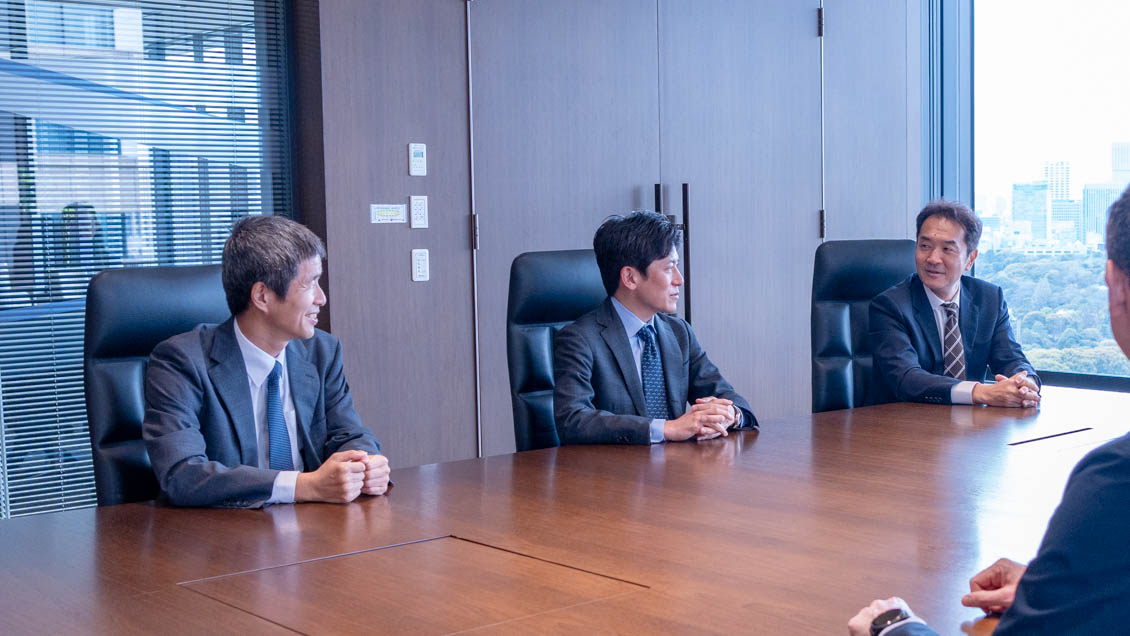
Takahashi
:
In Japan, hydrogen and CCS initiatives are currently at the stage of demonstration projects supported by government subsidies. Through mechanisms such as price gap support, pilot projects are being developed with the aim of gradually establishing self-sustaining business models. For instance, there are cases where municipalities, during the reconstruction of water purification plants, set conditions for the installation of hydrogen facilities to achieve green transformation. This indicates the potential for these initiatives to evolve into sustainable industries over the medium- to long-term.
Yokoi : It appears that there is an increase in the number of cases where municipalities enter the retail electricity business or focus on introducing renewable energy and hydrogen.
Takahashi : For hydropower, existing operators often update facilities using their own funds, limiting opportunities for external investors to participate. While there are small hydropower projects, their limited scale makes them less attractive for large-scale investment.
Yokoi : In the hydropower industry as a whole, there is a movement to apply Feed-in Tariff (“FIT”) and/ or Feed-in Premium (“FIP”) to existing facilities, but most are handled internally by major operators, limiting the involvement of external experts.
Takahashi : When it comes to dam-based hydropower facilities, detailed information about the internal structure is generally known only to the existing operators. As a result, even when the facilities reach a point where refurbishment is necessary, it can be difficult to properly assess their condition, which makes attracting new investment a challenge. In addition, compliance with various rules and the need for specialized knowledge regarding water rights and usage create high barriers to entry.
Takeuchi : For geothermal power, it cannot be said to be progressing smoothly due to technical challenges, such as the time required for development and difficulties in accurately measuring steam stability and power generation. External factors, like regulations related to national parks and coordination with hot spring rights, also pose significant barriers. Nevertheless, some operators with strengths in this field continue to work on geothermal power development.
Yokoi : For fuel conversion projects involving existing facilities, we are working on initiatives that utilize the Long-Term Decarbonization Power Source Auction, such as rebuilding plants for LNG-hydrogen co-firing and retrofitting coal-fired power plants to enable ammonia co-firing.
Takeuchi : For projects that make use of the Long-Term Decarbonization Power Source Auction, I believe financing can be made available from the lender’s side, as a stable revenue stream can be expected. That said, it is likely that monitoring aspects, such as the decarbonization roadmap and operational risks, will become increasingly important.
Concluding Remarks
Throughout this three-part roundtable series, we have had in-depth discussions from a broad perspective, from global trends in energy transition to market developments in Japan. In this final session, we shared the current status and challenges of various power sources, including new developments in the storage battery business, movements toward full-scale construction of offshore wind, and transformations in the M&A market. While complex challenges remain, Japan’s energy transition is steadily progressing through technological innovation and government support. We conclude this series hoping that this roundtable discussion will contribute to the realization of a sustainable energy society.
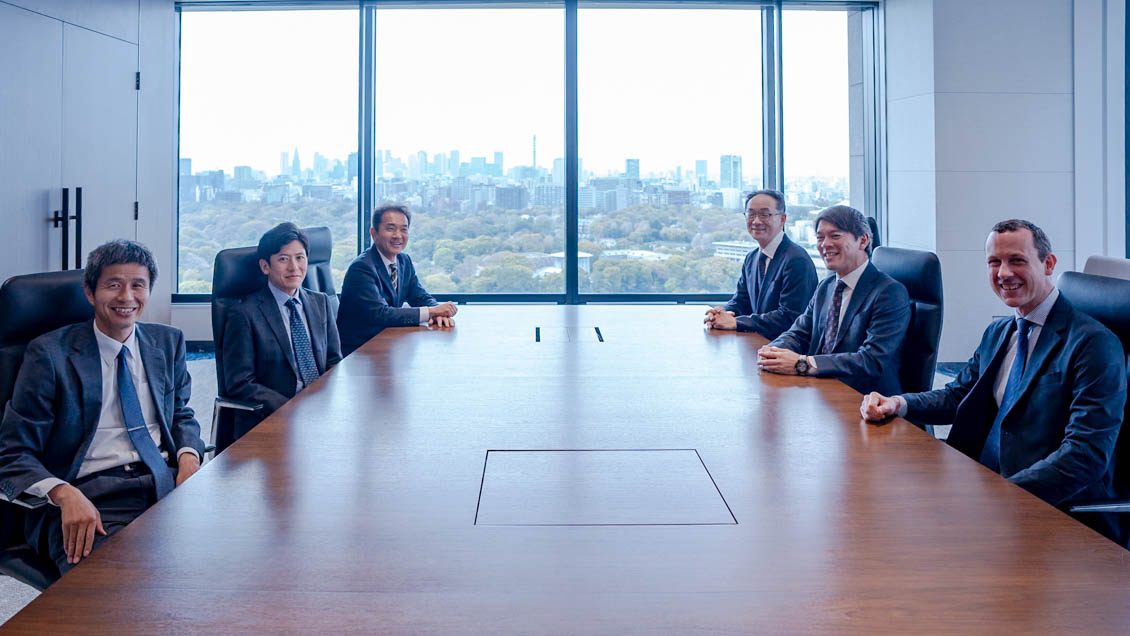
Related Contents
Roundtable Discussion: The Frontline of the Energy Transition
Energy and Natural Resources




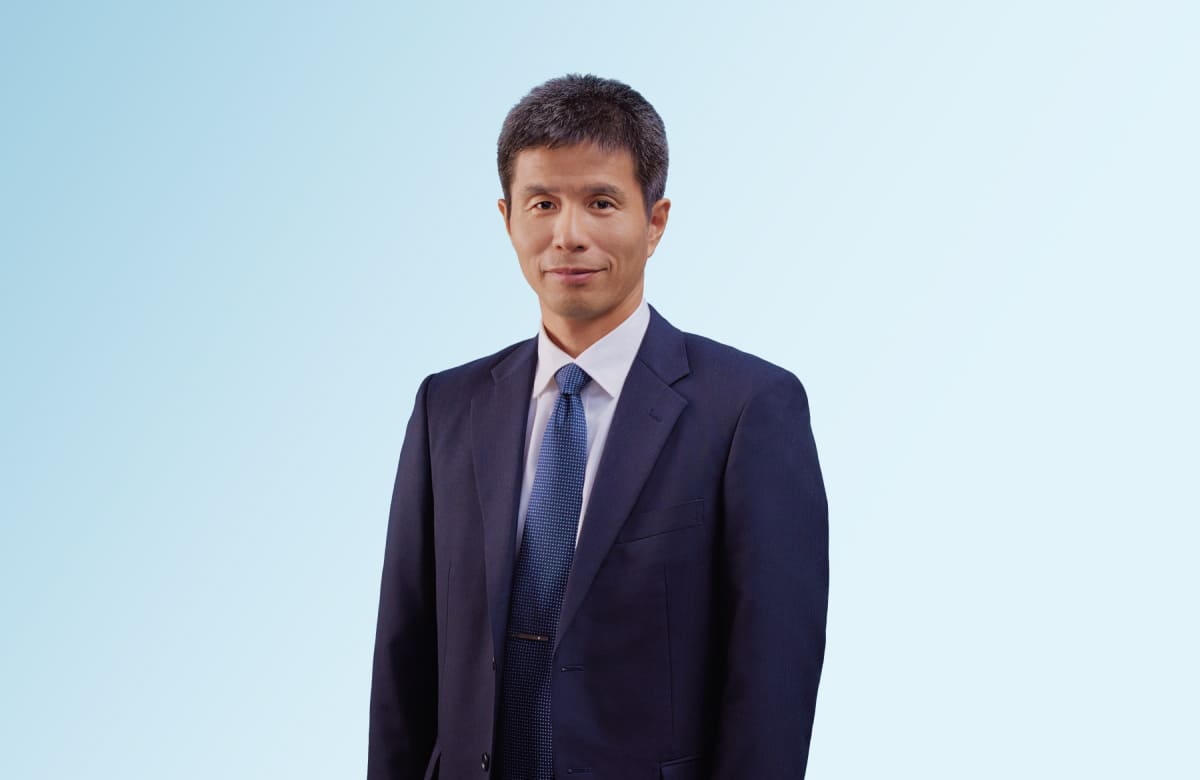

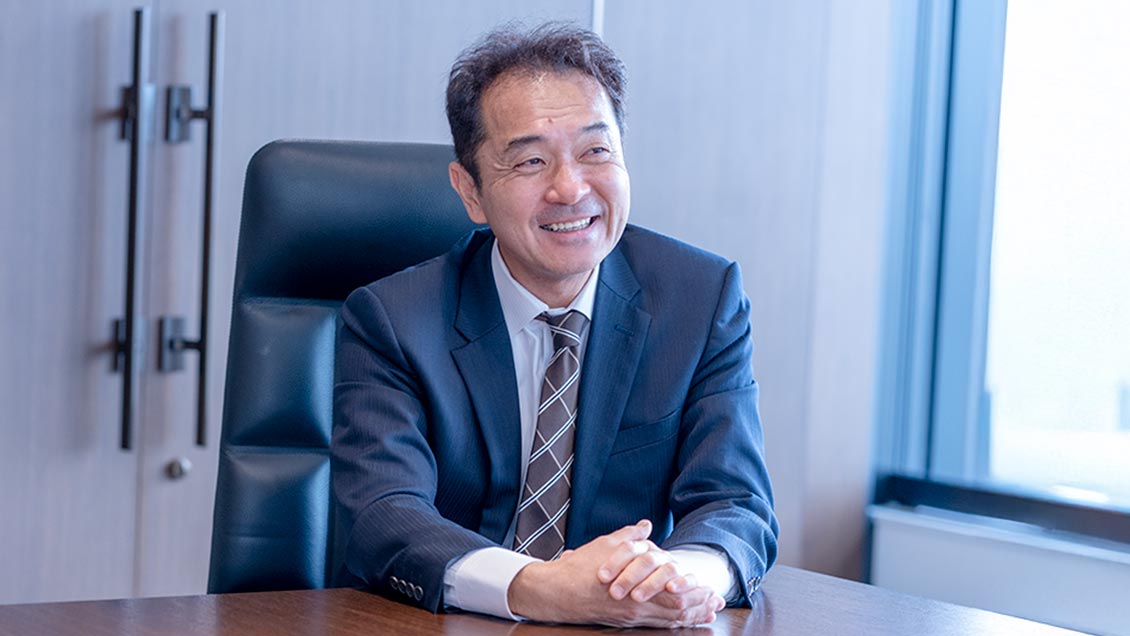




![[First Session] Global Trends in the Energy Sector and Overseas Expansion of Japanese Companies](/asset/publications/detail/image/trending-news_xSihYz9jJn_kv_sp.jpg)
![Roundtable Discussion: The Frontline of the Energy Transition[Second Session] Latest Trends in the Domestic Renewable Energy Market - Focusing on Solar Power Generation](/asset/publications/detail/image/trending-news_mBShIG6yqc_kv_sp.jpg)
